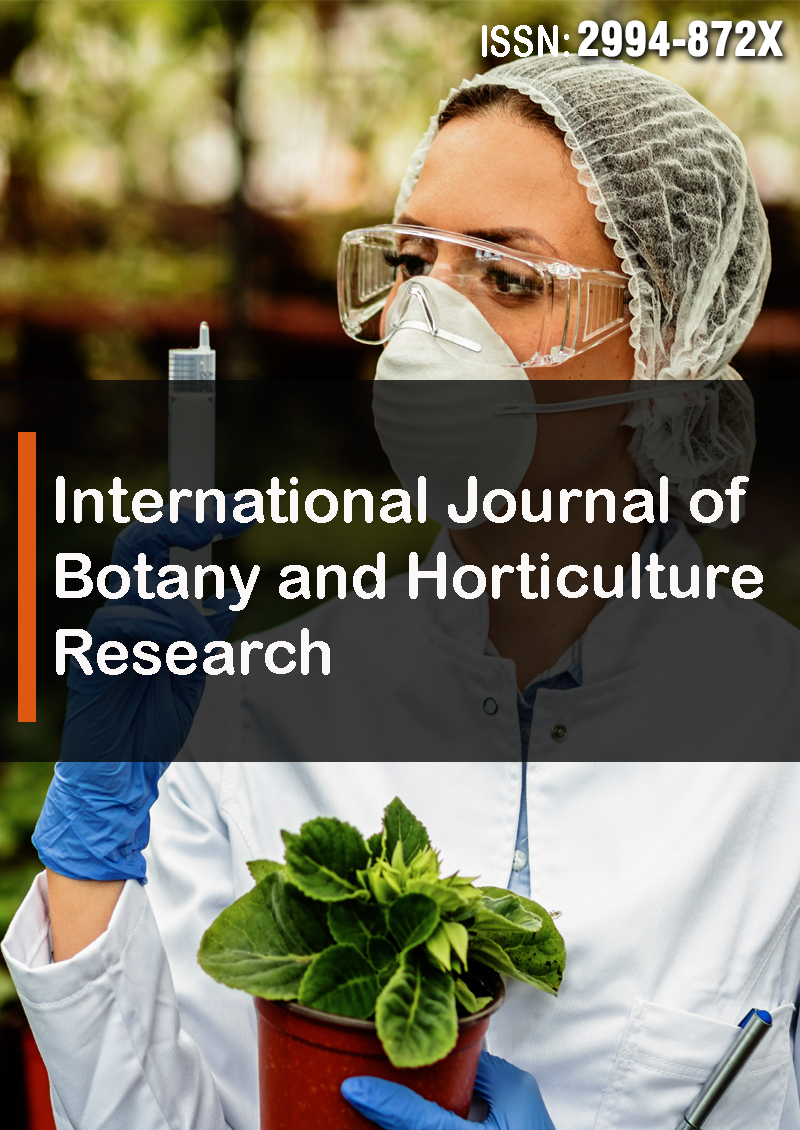Proximate And Phytochemical Analysis Of Some Selected Spices; Garlic (Allium Sativum), Ginger (Zingiber Officinale) And Onion (Allium Cepa)
Abstract
Abdulkadir Shehu, Abubakar Shehu and BaraâÂÂu Yahaya
Spices not only just stimulate the taste buds but are composed of notable list of phyto-nutrients, essential oils, antioxidants, minerals and vitamins that are necessary for good health. Also confirms that most seasonings are sources of nutrients [1]. Proximate and Phytochemical analysis of three spices, Garlic (Allium sativum), Ginger (Zingiber officinale) and Onion (Allium cepa) was conducted. The result of proximate analysis shows that, in the three spices investigated, Carbohydrate had the highest content of 51.50% and 49.09% in Onion and Garlic, followed by Lipid 46.48% in Garlic and the least was Ash. In the three spices investigated, eleven phytochemicals was identified out of which Saponins, Flavonoids, Cardiac Glycosides, Glycosides and Alkaloids are in moderate amount while Flavonoids, Glycosides, Cardiac Glycosides are in trace amount. Anthraquines and Volatile Oils. The study showed that the spices selected; Garlic, Ginger and Onion possess considerable amount of constituents and phytochemicals. Garlic possessed more crude lipid and crude fiber contents with higher flavoids, saponins, cardiac glycosides and volatile oils contents compared to other spices examined. This study recommended the consumption of these spices in sufficient amount would contribute greatly to the human nutritional requirements. More research should be carried out on different types of spices to detects other phytochemicals.



